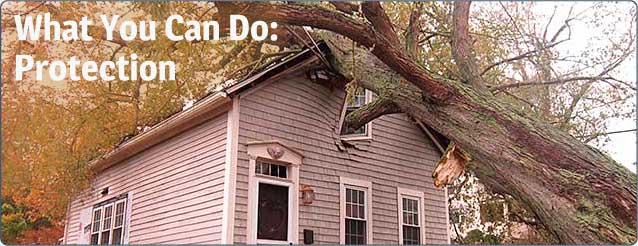
Photo Credit: South County Independent/Bill Koch
Buckle Your Seat Belts
“Oh, no, that tree will never come down in a storm. It’s too big.” Wrong. Think of worst-case scenarios and then move to avoid them prior to realizing that a storm or flood is coming your way. Cut down those overhanging limbs. Fix those gutters. And if you are a coastal resident, don’t wait for that wave lapping at your front porch steps announcing that it is the time to shore up your foundation, ideally raising your house above the projected storm surge line. From hurricane clips on roofs to elevating basement items like oil burners that will flip over and leak in a flood, you need to get out in front of the threats. There are plenty of ways that you can access information on protective actions that will save you lotsabucks.
- The United Nations Climate Change program provides a variety of information about long-term adaptation actions to address climate change. Review their website for examples of adaptation actions, including improving disaster management capabilities, managing limited freshwater supplies, and developing risk assessment projects.
- The National Grid website includes information about actions that should be taken before and during major storms to keep you and your loved ones safe; they also provide information on post-storm recovery and actions you can take to help.
- The Rhode Island Red Cross website is a good source of information about emergency preparedness and gives advice on how you can keep your family and loved ones safe during natural disasters. You can also download free apps for smart phones from the national Red Cross website, including apps for hurricanes, earthquakes, and basic first aid.
- In the event of a major storm or natural disaster, a full list of emergency shelters may be found the State of Rhode Island government website. Evacuating to an emergency shelter during natural disasters can keep your family safe.
“Our remedies oft in ourselves do lie.”
- William Shakespeare
“There’s only one corner of the universe you can be certain of improving, and that’s your own self.”
- Aldous Huxley
News
Factoids
Hurricane clips for your roof cost about $500 for a 2000 square-foot, one-story home designed to resist 110 mph winds. The cost to replace that same roof after a storm can cost you up to $5000.
Blocked gutters will cause water to run off your roof and dump directly against your foundation, increasing the likelihood of basement flooding. Cleaning your gutters during a nice fall day could mean one less thing to worry about during the next big storm.
During winter storms, burst pipes can leave you without water and damaged homes. Be aware of quick solutions if you are worried that your pipes may freeze before you have the chance to implement long-term solutions like improving pipe insulation — setting your faucets to have a slow drip may be enough to prevent short-term damage.




